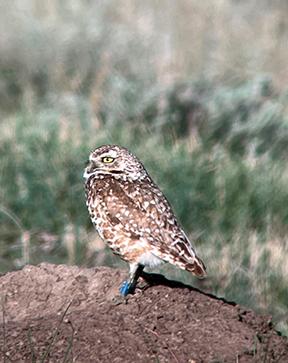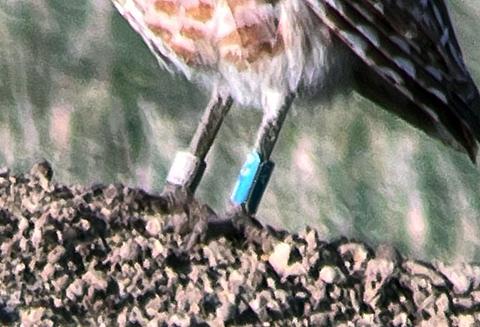Related Stories
- Veteran fuels module in Rapid City, SD sets a standard for community assistance
- Hi-Line field offices vie for “Coldest Place in America”
- Exploring the Campbell Tract Special Recreation Management Area: Flora, fauna, and volunteer opportunities
- Tackling the Legacy of Orphaned Wells: The Federal Orphaned Well Program in Action
- Yuma Field Office saves the day for nearby helicopter-aided conservation effort
Office
3990 Highway 2 West
Havre, MT 59501
United States
Phone:
Email:


